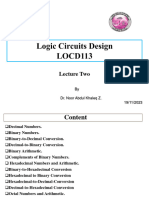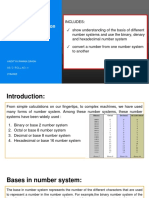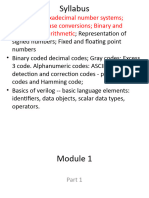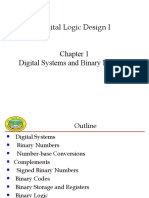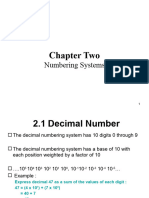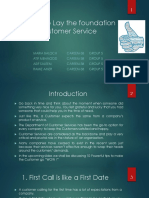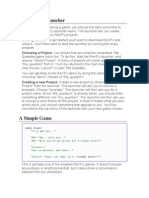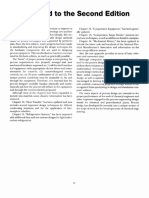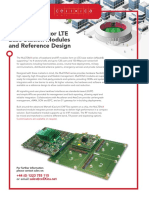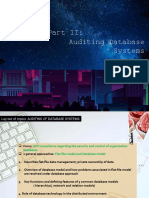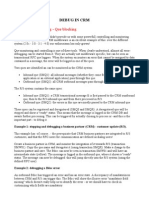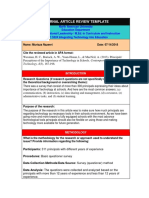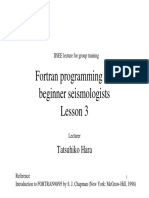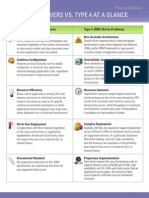0% found this document useful (0 votes)
1 views54 pagesNumber System
A number system is a method for expressing numbers using digits or symbols, with the value of each digit determined by its position and the base of the system. The four primary number systems are decimal (base 10), binary (base 2), octal (base 8), and hexadecimal (base 16). The document also covers conversions between these systems, including examples and practice problems for converting decimal to binary, octal, and hexadecimal, as well as the reverse conversions.
Uploaded by
raiharshit314Copyright
© © All Rights Reserved
We take content rights seriously. If you suspect this is your content, claim it here.
Available Formats
Download as PDF, TXT or read online on Scribd
0% found this document useful (0 votes)
1 views54 pagesNumber System
A number system is a method for expressing numbers using digits or symbols, with the value of each digit determined by its position and the base of the system. The four primary number systems are decimal (base 10), binary (base 2), octal (base 8), and hexadecimal (base 16). The document also covers conversions between these systems, including examples and practice problems for converting decimal to binary, octal, and hexadecimal, as well as the reverse conversions.
Uploaded by
raiharshit314Copyright
© © All Rights Reserved
We take content rights seriously. If you suspect this is your content, claim it here.
Available Formats
Download as PDF, TXT or read online on Scribd
/ 54





















